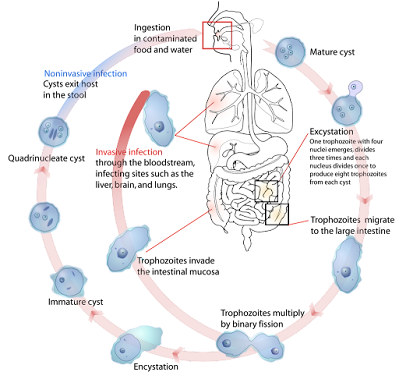Clostridium difficile
Clostridium difficile Updated: 02/03/2024 © Jun Wang, MD, PhD General features Gram-positive, anaerobic, sporogenic bacterium May be part of normal colonic flora Most common cause of pseudomembranous colitis Most commonly nosocomial infectious diarrhea in the U.S. Colitis due to overgrowth and exotoxin production Results of interruption of normal colonic flora by antibiotics, chemotherapy or immunosuppression, etc Pathogenesis Disruption of normal colonic flora Colonization of C. Diff Production of exotoxins Toxin A: Enterotoxin, mucosal injury, fluid loss and inflammation, granulocyte attractant Toxin B: Cytotoxin, cytopathic Key clinical features Fever, abdominal pain and cramping Green foul-smelling diarrhea May perforate and cause septic shock Colonoscopic findings Colonic yellow plaques and nodules Pathologic findings Volcano or mushroom-like eruption of fibrin, mucin and inflammatory cells Diagnosis History of hospitalization and antibiotics

